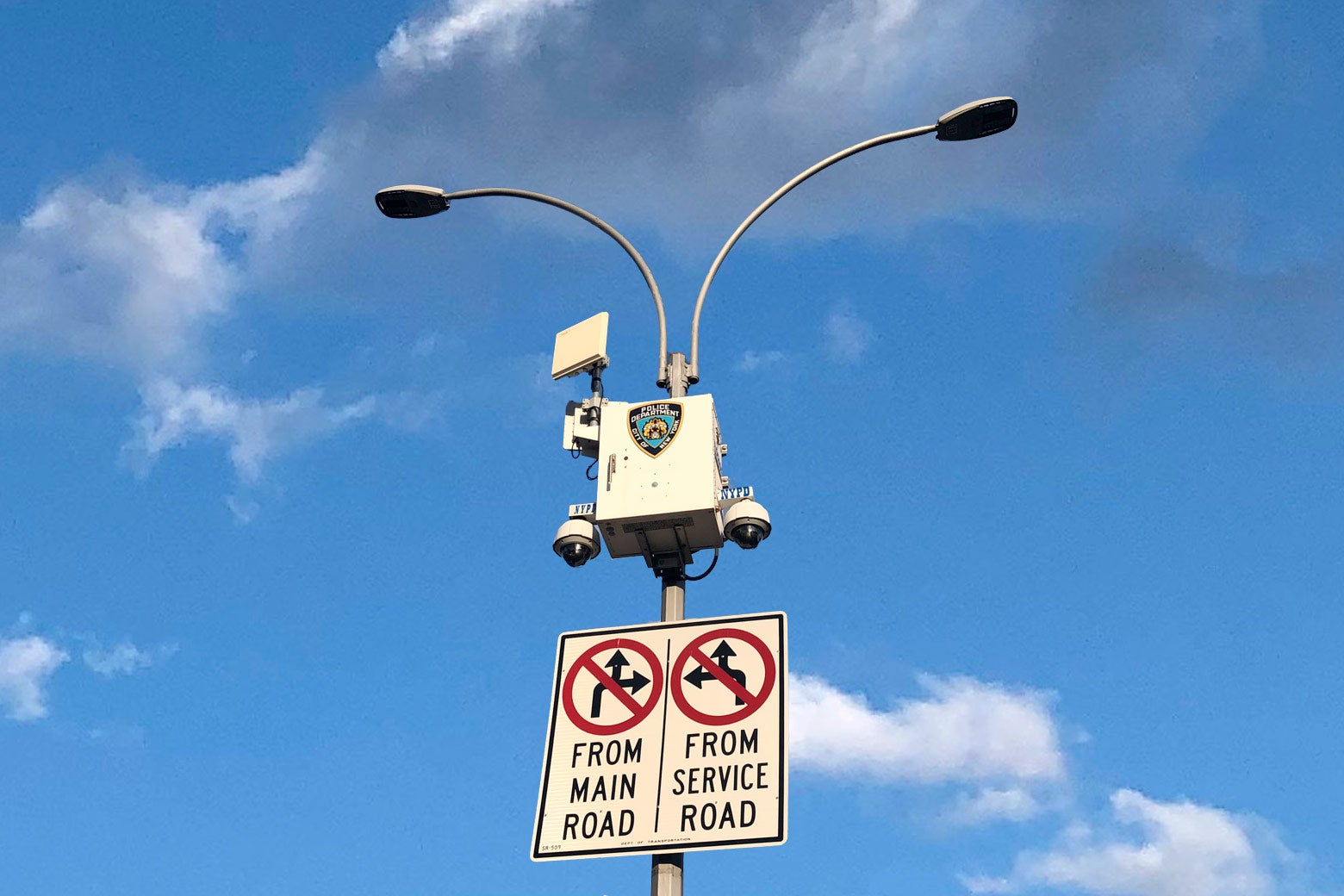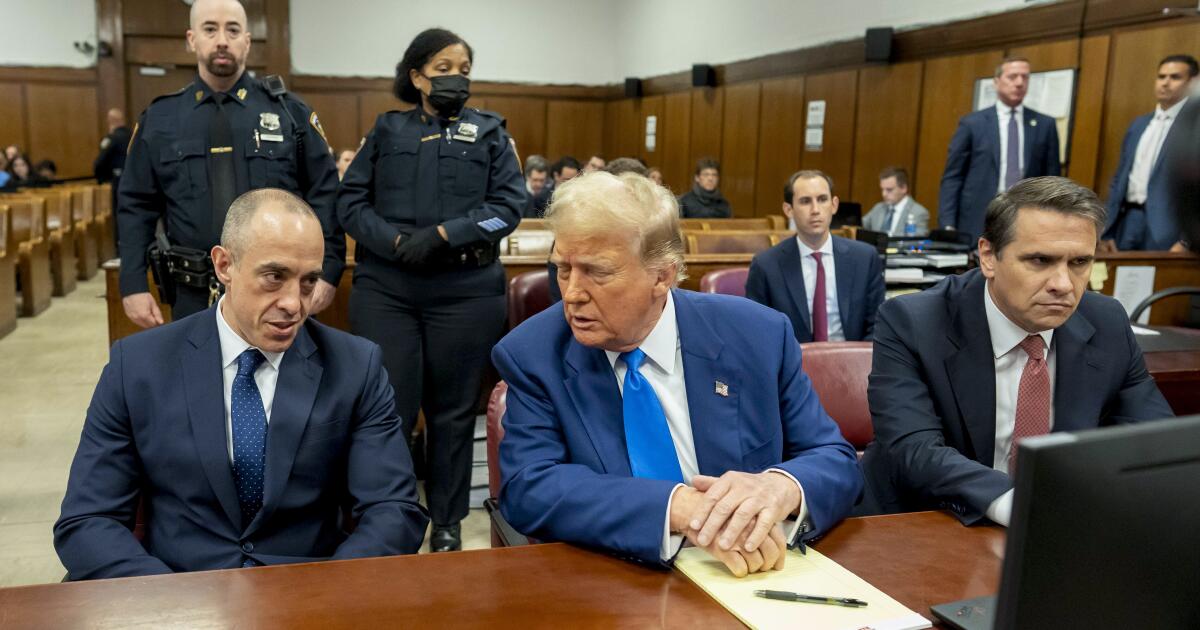
Alex Murdaugh’s trial proves cameras don’t belong in the courtroom
The IndependentThe best of Voices delivered to your inbox every week - from controversial columns to expert analysis Sign up for our free weekly Voices newsletter for expert opinion and columns Sign up to our free weekly Voices newsletter SIGN UP I would like to be emailed about offers, events and updates from The Independent. “Although defendants have a right to a public trial, the courts have yet to rule that they have a right to a televised trial,” Ruth Ann Strickland, a former professor of Government and Justice Studies at Appalachian State University, wrote in 2009 for the Middle Tennessee State University’s First Amendment Encyclopedia. Federal judges, she noted, “have generally rejected television and camera coverage of court proceedings, arguing that live television broadcasts, in particular, distract trial participants, prejudice trial outcomes, and thus deprive defendants of fair trials.” “Some witnesses fidget nervously before cameras, possibly harming their credibility with jurors,” she added. “Opponents also argue that the broadcasting of trials leads lawyers to grandstand for the camera, diminishing courtroom decorum.” The first trial to be televised nationally was that of serial killer Ted Bundy, in 1979, on charges related to an attack at a sorority house in Florida during which he brutally attacked four young women, killing two of them. Jeffrey Dahmer’s trial, a testimony so gruesome Court TV aired it on a 20-second delay to allow the station to “put a red dot on the screen to warn viewers when the trial is expected to involve ‘graphic testimony.’” More recently, there was the Depp v Heard trial in Fairfax, Virginia, and Johnny Depp supporters booing Amber Heard outside the courthouse – and bringing alpacas to the premises on one occasion.
History of this topic

I’ve sat through every day of Trump’s criminal trial. This is what it’s really like
The Independent
Without cameras to go live, the Trump trial is proving the potency of live blogs as news tools
The Independent
Column: Without cameras in the courtroom, Trump has already won a major victory in hush money trial
LA Times
Trump trial: Why can’t Americans see or hear what is going on inside the courtroom?
New Indian Express
Trump trial: Why can’t Americans see or hear what’s happening inside N.Y. courtroom?
LA Times
Trump joins media outlets in pushing for his federal election interference case to be televised
LA Times
Should Trump's trial be televised?
NPR
Opinion: Trump’s trials should be televised
LA Times
By filming trials, we risk turning justice into reality television
The Independent
Editorial: Judge has the wrong remedy for ‘bad’ media coverage of Rittenhouse trial
LA TimesDiscover Related






































